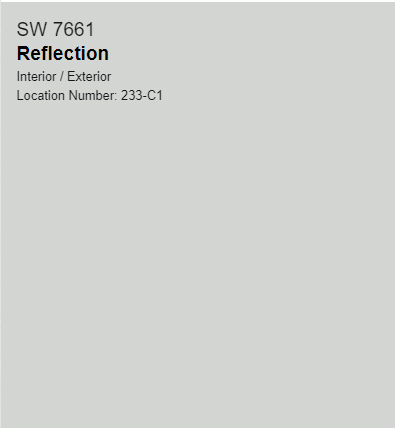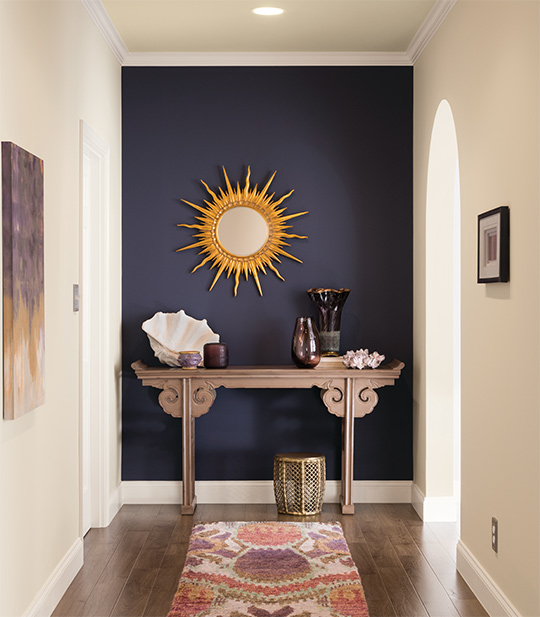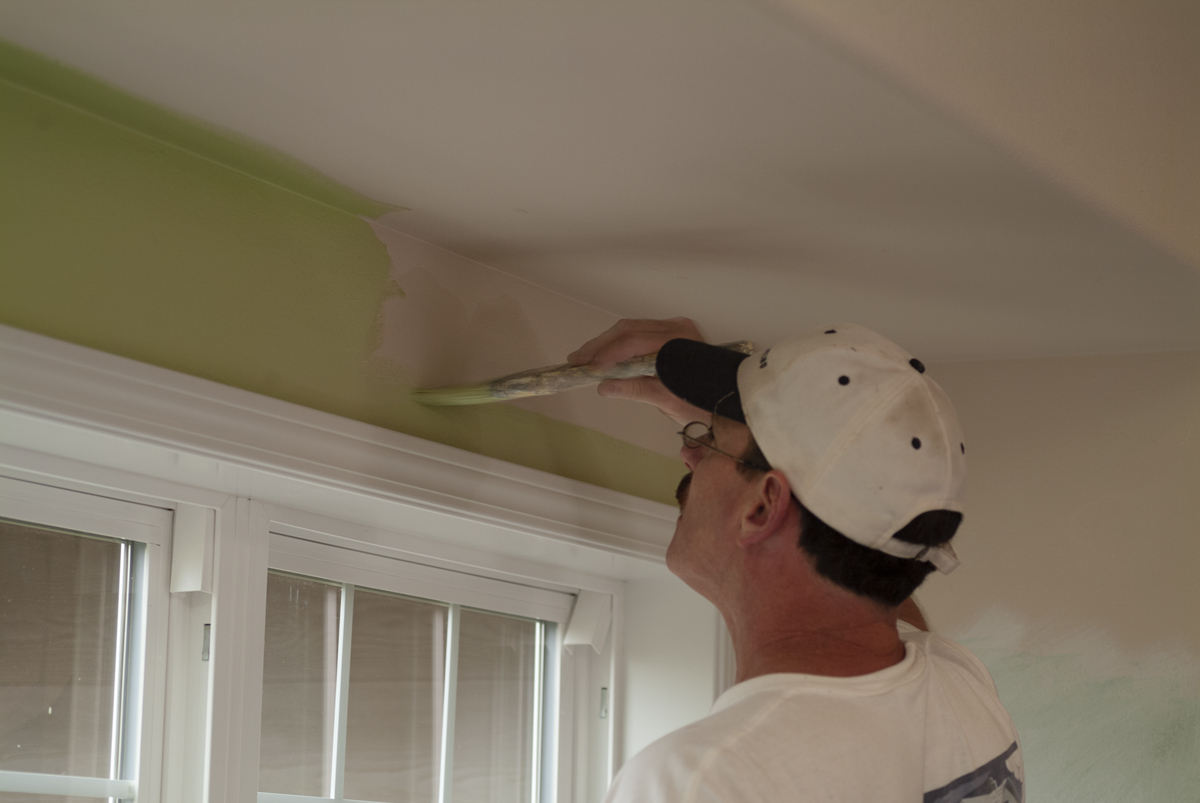Painter’s tape has come a long way since back in the day when adhesives would give many homeowners real trouble. Here at Paint Doctor’s Painting we know a lot about masking and the right tape for various applications but a good place to start for the DIYer is ScotchBlue™ Original Painter’s Tape.
According to Sherwin-Williams, “Whether you’re protecting your wood trim, painted walls, tile floor, or glass windows, this versatile multi-surface tape can stay on surfaces for up to 14 days and then removes easily without leaving any sticky residue behind. Help protect your surfaces while bringing your creative vision to life with the help of ScotchBlue™ Original Painter’s Tape.”


































